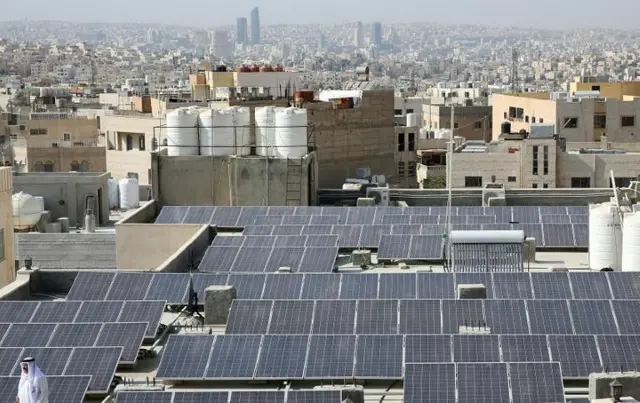Considered by Danfoss, a world giant in green technology and business, as the "second home market, " China "is as much as home market" and will one day become the largest one for the company, Niels B. Christiansen, CEO of Danfoss, told Xinhua in an interview at the annual summit of the Global Green Growth Forum, which concluded in Copenhagen on Tuesday.
"Our philosophy is that China is our second home market, and a home market means that is where you do your product development, you make the right kind of solutions that fit this market, and you participate in contributing to bring the market forward," Christiansen said. "We also would like to make sure that we create the most efficient solutions for China in cooperation with whatever legislation or guidelines or whatever is being put in force in China."
"I am very happy with how the development has been in China, and our relations with the Chinese government in all areas," he said, noting that the company has more than 4,000 employees in China now, the second largest number only after Denmark, and the company has product development and a lot of advanced functions in China, too.
"I would vision that if that continues, China soon would be bigger. China is not only one of the biggest markets for us, but will become the second biggest, or the very biggest," Christiansen said.
In recent years, China has been vigorously promoting a greener economy through energy saving and emission reduction. Christiansen said Danfoss has been actively involved in that course and would continue to participate by providing energy-efficient solutions to the Chinese market.
In 2012, Danfoss and the government of Anshan City in northeast China's Liaoning Province signed an agreement on upgrading the heating system of the city. Under the company's district-heating network plan, local homes will switch from heat supplied by old and small boilers to a system that uses waste heat piped from a nearby steel plant.
"About 1.8 million people will get the heating from waste energy of a steel company, so energy that in the past would go right in the air and be wasted would now be used and put into district energy system to heat the houses and bring hot water to the citizens. By doing so, the city can shut down a lot of boilers which lead to air pollution, so the air will become cleaner, the energy will become cheaper, and there will be more comfort for the people," Christiansen said.
He further noted that this model could be replicated around China in helping the country fulfill its ambitious goal of energy reduction and transformation.
Meanwhile, the Anshan project is economically attractive as it will be paid back in three years. "There are not that many infrastructure projects with a three-year payback. So it is not only for energy, or it is not only for climate, it is also of good business," Christiansen said.
To sharpen its advantages in the world market as a leading supplier of energy-efficiency technologies and solutions, Christiansen said Danfoss is now going through a phase that it will invest more in innovation.
"We spent more money for innovation compared with our competitors. We typically have more R&D engineers for the same business because we believe that bringing the new technologies and the new innovations is the right thing to do in the future. By doing so, we think we can grow faster. We will continue that journey and invest more in product development, also in China."
 简体中文
简体中文





